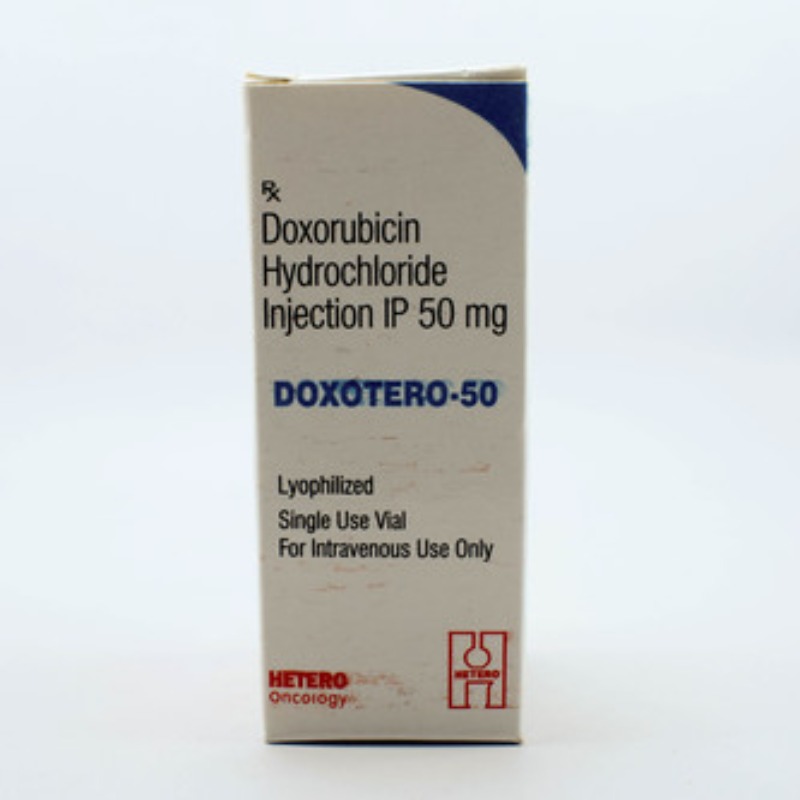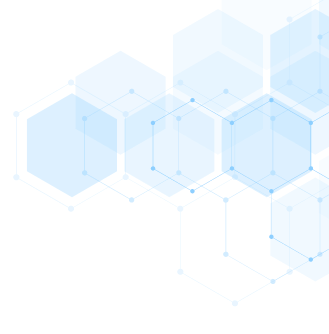DESCRIPTION
Mechanism of Action
• Anthracycline antibiotic isolated from Streptomyces species.
• Intercalates into DNA resulting in inhibition of DNA synthesis and
function.
• Inhibits transcription through inhibition of DNA-dependent RNA
polymerase.
• Inhibits topoisomerase II by forming a cleavable complex with DNA
and topoisomerase II to create uncompensated DNA helix torsional
tension, leading to eventual DNA breaks.
• Formation of cytotoxic oxygen free radicals results in single- and
double-stranded DNA breaks with subsequent inhibition of DNA
synthesis and function.
Mechanism of Resistance
• Increased expression of the multidrug-resistant gene with elevated
P170 levels, which leads to increased drug efflux and decreased
intracellular drug accumulation.
• Decreased expression of topoisomerase II.
Chemotherapeutic and Biologic Drugs 165 D • Mutation in topoisomerase II with decreased binding affinity to
doxorubicin.
• Increased expression of sulfhydryl proteins, including glutathione
and glutathione-dependent proteins.
Absorption
Not absorbed orally.
Distribution
Widely distributed to tissues. Does not cross the blood-brain barrier.
About 75% of doxorubicin and its metabolites are bound to plasma proteins.
Metabolism
Metabolized extensively in the liver to the active hydroxylated metabolite,
doxorubicinol. About 40%–50% of drug is eliminated via biliary excretion in
feces. Less than 10% of drug is cleared by the kidneys. Prolonged terminal
half-life of 20–48 hours.
Indications
1. Breast cancer.
2. Hodgkin’s and non-Hodgkin’s lymphoma.
3. Soft tissue sarcoma.
4. Ovarian cancer.
5. Non–small cell and small cell lung cancer.
6. Bladder cancer.
7. Thyroid cancer.
8. Hepatoma.
9. Gastric cancer.
10. Wilms’ tumor.
11. Neuroblastoma.
12. Acute lymphoblastic leukemia.
Dosage Range
1. Single agent—60–75 mg/m2 IV every 3 weeks.
2. Single agent—15–20 mg/m2 IV weekly.
3. Combination therapy—45–60 mg/m2 every 3 weeks.
4. Continuous infusion—60–90 mg/m2 IV over 96 hours.
Drug Interaction 1
Dexamethasone, 5-FU, heparin—Doxorubicin is incompatible with dexamethasone,
5-FU, and heparin, as concurrent use will lead to precipitate
formation.
D Drug Interaction 2
Dexrazoxane—The cardiotoxic effects of doxorubicin are inhibited by the
iron-chelating agent dexrazoxane.
Drug Interaction 3
Cyclophosphamide—Increased risk of hemorrhagic cystitis and cardiotoxicity
when doxorubicin is given with cyclophosphamide. Important to be
able to distinguish between hemorrhagic cystitis and the normal red-orange
urine observed with doxorubicin therapy.
Drug Interaction 4
Phenobarbital, phenytoin—Increased plasma clearance of doxorubicin
when given concurrently with barbiturates and phenytoin.
Drug Interaction 5
Trastuzumab, mitomycin-C—Increased risk of cardiotoxicity when doxorubicin
is given with trastuzumab or mitomycin-C.
Drug Interaction 6
6-Mercaptopurine—Increased risk of hepatotoxicity when doxorubicin is
given with 6-mercaptopurine.
Special Considerations
1. Use with caution in patients with abnormal liver function. Dose
reduction is required in the setting of liver dysfunction.
2. Because doxorubicin is a strong vesicant, administer slowly with a
rapidly flowing IV. Avoid using veins over joints or in extremities
with compromised venous and/or lymphatic drainage. Use of a
 central venous catheter is recommended for patients with difficult
venous access and mandatory for prolonged infusions. Careful
monitoring is necessary to avoid extravasation. If extravasation is
suspected, immediately stop infusion, withdraw fluid, elevate
extremity, and apply ice to involved site. May administer local steroids.
In severe cases, consult a plastic surgeon.
3. Monitor cardiac function before (baseline) and periodically during
therapy with either MUGA radionuclide scan or echocardiogram to
assess LVEF. Risk of cardiotoxicity is higher in patients .70 years of
age, in patients with prior history of hypertension or pre-existing
heart disease, in patients previously treated with anthracyclines, or in
patients with prior radiation therapy to the chest. Cumulative doses
of .450 mg/m2 are associated with increased risk for cardiotoxicity.
4. Risk of cardiotoxicity is decreased with weekly or continuous infusion
schedules. Use of the iron-chelating agent dexrazoxane (ICRF-187)
also is effective at reducing the development of cardiotoxicity.
5. Use with caution in patients previously treated with radiation therapy
as doxorubicin can cause radiation recall skin reaction. Increased
risk of skin toxicity when doxorubicin is given concurrently with
radiation therapy.
6. Patients should be cautioned to avoid sun exposure and to wear sun
protection when outside.
7. Patients should be warned about the potential for red-orange discoloration
of urine for 1–2 days after drug administration.
8. Pregnancy category D. Breastfeeding should be avoided.
Toxicity 1
Myelosuppression. Dose-limiting toxicity with leukopenia more common
than thrombocytopenia or anemia. Nadir usually occurs at days 10–14 with
full recovery by day 21.
Toxicity 2
Nausea and vomiting. Usually mild, occurring in 50% of patients within
the first 1–2 hours of treatment.
Toxicity 3
Mucositis and diarrhea. Common but not dose-limiting.
Toxicity 4
Cardiotoxicity. Acute form presents within the first 2–3 days as arrhythmias
and/or conduction abnormalities, ECG changes, pericarditis, and/or
myocarditis. Usually transient and mostly asymptomatic and not dose-related.
Chronic form results in a dose-dependent, dilated cardiomyopathy associated
with congestive heart failure. Risk increases when cumulative doses are
greater than 450 mg/m2.
Toxicity 5
Strong vesicant. Extravasation can lead to tissue necrosis and chemical
thrombophlebitis at the site of injection.
Toxicity 6
Hyperpigmentation of nails, rarely skin rash, and urticaria. Radiation
recall skin reaction can occur at prior sites of irradiation. Increased hypersensitivity
to sunlight.
Toxicity 7
Alopecia. Universal but usually reversible within 3 months after termination
of treatment.
Toxicity 8
Red-orange discoloration of urine. Usually occurs within 1–2 days after
drug administration.
Toxicity 9
Allergic, hypersensitivity reactions are rare.
SPECIFICATION


Login To Comment